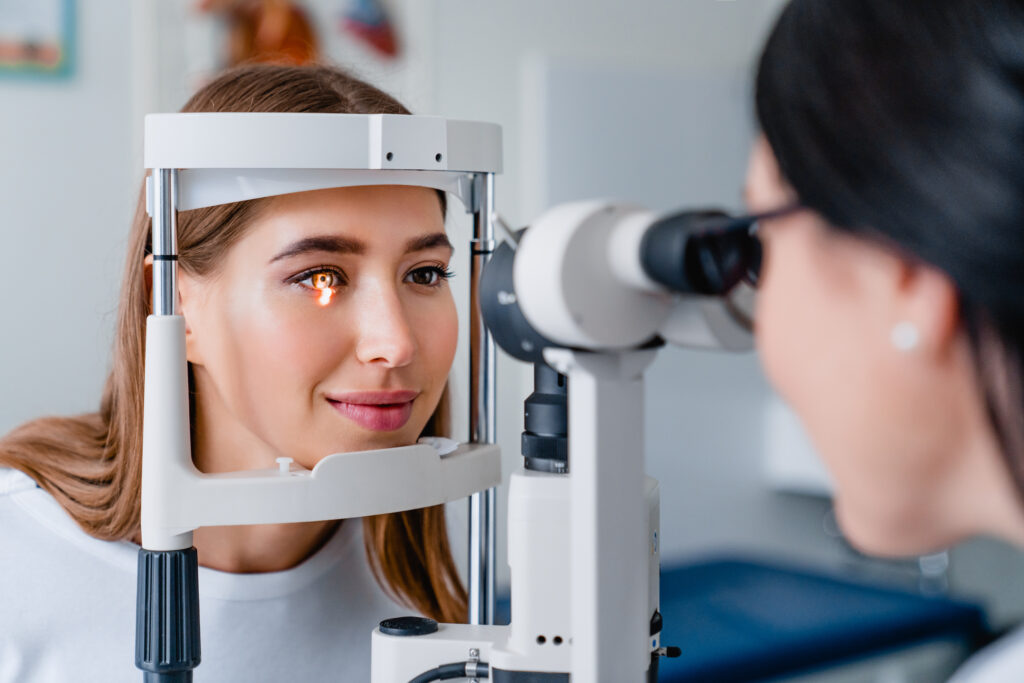Well Vision

During a Well Vision exam, your doctor will perform a comprehensive assessment of the eyes to ensure that they are in good health. In addition, you may receive updated prescriptions for glasses and/or contact lenses.
Candidacy
Well Vision exams are intended for patients with healthy eyes. Prescriptions for glasses and/or contact lenses may be updated at these visits. There are no age limits for Well Vision exams. We have doctors who specialize in both pediatric and adult patients. Well Vision visits are not intended for the evaluation of new problems or for monitoring or management of known ocular medical problems.
Most Commonly Asked Questions
What happens if I undergo a Well Vision exam and am found to have more complex needs?
In some instances, unknown or uncontrolled medical problem are identified during a Well Vision exam. Additional time or testing may be required to further evaluate these problems. If this occurs, your doctor will request that you return for a medical follow-up visit to further evaluate and treat the problem.
My eye care insurance covers yearly “routine” eye exams. Will a Well Vision exam meet this requirement?
Yes. These benefits are designed to cover Well Vision exams. Associated Eye Care accepts most eye care insurances including those who provide “routine” exam coverage, such as EyeMed and VSP. Please be aware that Well Vision exams are intended to ensure wellness and update glasses and/or contact lens prescriptions. They are not intended to evaluate new medical problems or manage ongoing medical needs.
I had LASIK surgery with Associated Eye Care and have the lifetime enhancement benefit. Will this type of exam work for me?
Absolutely. Well Vision was designed with the lifestyles and vision needs of our LASIK patients in mind.
